I am trying to fit a 4 parameter logistic regression to a set of data points in python with scipy.curve_fit. However, the fit is quite bad, see below:
import matplotlib.pyplot as plt
import seaborn as sns
import numpy as np
from scipy.optimize import curve_fit
def fit_4pl(x, a, b, c, d):
return a + (d-a)/(1+np.exp(-b*(x-c)))
x=np.array([2000. , 1000. , 500. , 250. , 125. , 62.5, 2000. , 1000. ,
500. , 250. , 125. , 62.5])
y=np.array([1.2935, 0.9735, 0.7274, 0.3613, 0.1906, 0.104 , 1.3964, 0.9751,
0.6589, 0.353 , 0.1568, 0.0909])
#initial guess
p0 = [y.min(), 0.5, np.median(x), y.max()]
#fit 4pl
p_opt, cov_p = curve_fit(fit_4pl, x, y, p0=p0, method='dogbox')
#get optimized model
a_opt, b_opt, c_opt, d_opt = p_opt
x_model = np.linspace(min(x), max(x), len(x))
y_model = fit_4pl(x_model, a_opt, b_opt, c_opt, d_opt)
#plot
plt.figure()
sns.scatterplot(x=x, y=y, label="measured data")
plt.title(f"Calibration curve of {i}")
sns.lineplot(x=x_model, y=y_model, label='fit')
plt.legend(loc='best')
This gives me the following parameters and graph:
[2.46783333e-01 5.00000000e-01 3.75000000e+02 1.14953333e+00]
Graphh of 4PL fit overlaid with measured data
This fit is clearly terrible, but I do not know how to improve this. Please help.
I've tried different initial guesses. This has resulted in either the fit shown above or no fit at all (either warnings.warn('Covariance of the parameters could not be estimated' error or Optimal parameters not found: Number of calls to function has reached maxfev = 1000)
I looked at this similar question and the graph produced in the accepted solution is what I'm aiming for. I have attempted to manually assign some bounds but I do not know what I'm doing and there was no discernible improvement.



